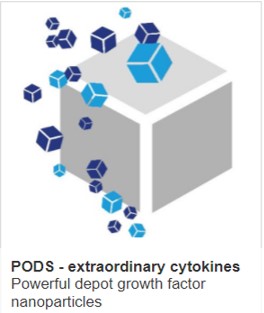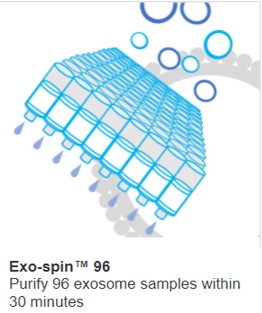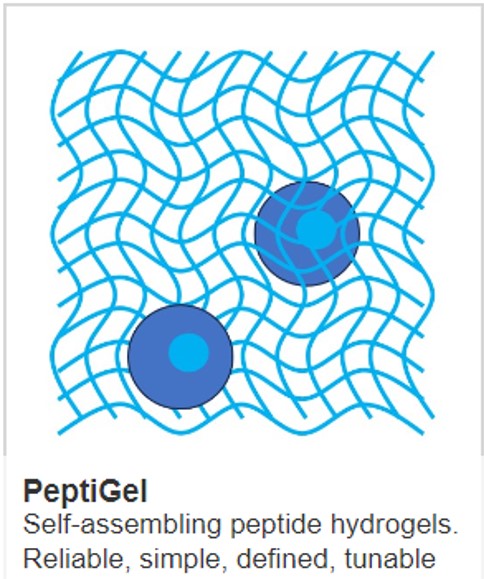Why is CAR-T therapy so expensive?

Chimeric Antigen Receptor T-cell (CAR-T) therapy is a groundbreaking advancement in the treatment of certain types of cancer, particularly blood cancers like leukemia and lymphoma. This innovative therapy involves reprogramming a patient’s own immune cells to target and destroy cancer cells. Despite its promise and success in treating otherwise resistant cancers, CAR-T therapy comes with a hefty price tag, often exceeding hundreds of thousands of dollars per patient. Understanding why CAR-T therapy is so expensive requires a closer look at the complex processes and factors involved in its development and administration.
Personalized Treatment Approach
One of the primary reasons CAR-T therapy is expensive is its highly personalized nature. Unlike traditional cancer treatments, CAR-T therapy is tailored to each individual patient. The process begins with the extraction of T-cells from the patient’s blood. These cells are then genetically modified in a laboratory to express chimeric antigen receptors (CARs) that can recognize and attack cancer cells. This customization ensures that the therapy is specifically designed to target the unique cancer cells present in each patient, but it also means that the treatment cannot be mass-produced, driving up costs.
Complex, Small-Scale Manufacturing
The manufacturing process for CAR-T cells is intricate and labor-intensive. After the T-cells are collected from the patient, they are sent to a specialized laboratory where they undergo genetic modification. This involves purifying the T cells then using viral vectors to introduce new genetic material into the T-cells, enabling them to produce CARs. The modified cells are then expanded in culture to increase their numbers to produce a sufficient quantity for treatment. This entire process can take several weeks and requires highly controlled laboratory conditions, specialized equipment, and skilled personnel, all of which contribute to the high cost.
A large part of the cost of producing the CAR-T cells is accounted for by the production cost of the lentiviruses used to programme the T cells. The cost of producing sufficient virus to reprogramme the cells of one patient have been estimated to be as high as $100,000.
Regulatory and Quality Assurance
Given the complexity and novelty of CAR-T therapy, it is subject to rigorous regulatory scrutiny. Ensuring the safety and efficacy of the therapy involves extensive clinical trials and compliance with stringent regulatory standards. These processes are costly and time-consuming, adding to the overall expense. Additionally, quality assurance measures are critical to ensure that the modified T-cells are safe for infusion back into the patient. For example, tests are needed to ensure that the cell culture is not contaminated, that the cell type following culture is correct and that the viral vector hasn’t harmfully integrated with the chromosomes which could render the CAR-T cells harmful
Hospitalization and Post-Treatment Care
CAR-T therapy doesn’t end with the infusion of modified T-cells. Patients often require hospitalization for the administration of the therapy and close monitoring for potential side effects. One of the most significant risks associated with CAR-T therapy is cytokine release syndrome (CRS), a potentially severe immune response that can occur when the modified T-cells begin attacking cancer cells. Managing CRS and other side effects requires specialized medical care, often in an intensive care setting, which adds to the overall cost of treatment. Additionally, patients may need ongoing monitoring and follow-up care to assess the long-term effectiveness of the therapy and manage any late-onset side effects.
Research and Development Costs
The development of CAR-T therapy has been a significant scientific and financial undertaking. Years of research and development, involving hundreds of clinical trials and collaborations between academic institutions and pharmaceutical companies, have been necessary to bring this therapy to market. The costs associated with this extensive R&D are reflected in the price of the therapy. Pharmaceutical companies need to recoup their investments in research, development, and regulatory approval processes, which contributes to the high cost of CAR-T therapy
Limited Competition and Market Dynamics
Another important factor for cost is the market dynamics. Currently, only a few pharmaceutical companies have successfully developed and commercialized CAR-T therapies. This limited competition in the market can lead to higher prices. As more companies enter the field and develop their own CAR-T products, it is possible that increased competition could drive prices down. However, this process takes time, and the initial high costs are likely to persist until the market becomes more competitive.
Insurance and Reimbursement Challenges
The high cost of CAR-T therapy also poses challenges for insurance coverage and reimbursement. While many insurance companies do cover CAR-T therapy, the approval process can be complex and time-consuming. Patients and healthcare providers often face hurdles in securing coverage, which can delay treatment and add to the financial burden. Additionally, the high upfront cost of the therapy can be a barrier for healthcare systems, especially in countries with limited healthcare budgets.
Future Prospects and Cost Reduction Strategies
Despite the current high costs, there is hope that the price of CAR-T therapy will decrease over time. Advances in manufacturing techniques, such as automation and improved cell culture methods, could reduce production costs. Additionally, as the technology matures and more companies enter the market, increased competition may lead to more affordable pricing. Researchers are also exploring the development of “off-the-shelf” allogeneic CAR-T therapies, which use a single donors cells to treat many patients aim to eliminate the need for personalized cell modification and could significantly reduce costs.
Alternatives
T cell engineering has validated cell therapy strategies to treat cancer, but other cells of the immune system play equal if not greater roles in the immune response to cancer. Whilst a flood of companies are aiming to emulate the early success stories of CAR-T therapy, relatively few academic groups and companies are seeking to engineer alternatives such as NK cells, Dendritic cells and Monocytes. Our approach is to use proteins to reprogram monocytes. This has the potential to have higher efficacy and much lower costs.
IMAGE CREDIT: Cell Guidance Systems



